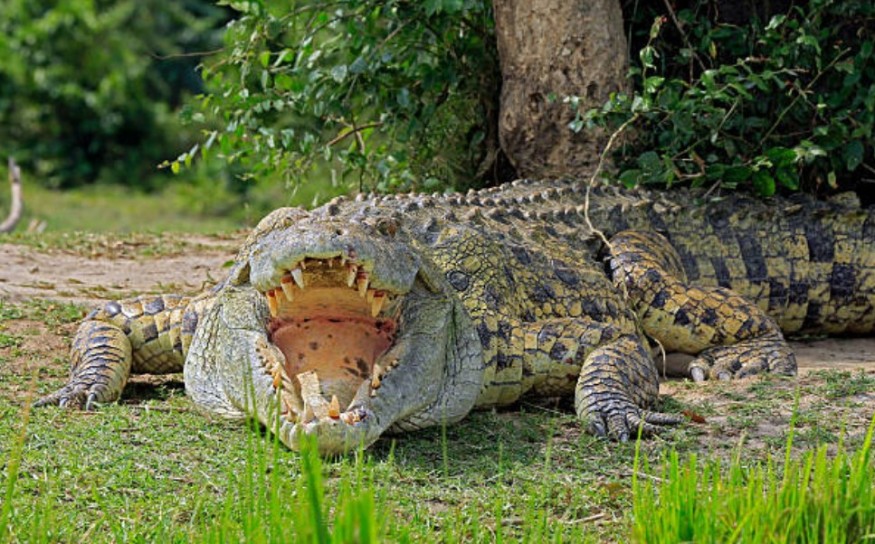
Deep within Gabon's Abanda cave system, scientists have discovered a remarkable group of orange-skinned dwarf crocodiles that may be evolving into a new species.
These reptiles, adapted to the harsh, pitch-black environment, are living proof of nature's ability to transform life under extreme conditions.
Orange-Skinned Cave Crocodiles in Gabon Show Signs of Evolving Into a New Species
The Abanda cave crocodiles (Osteolaemus tetraspis) are distinct from their forest-dwelling counterparts. They navigate through complete darkness, feed primarily on bats and cave crickets, and swim in pools of bat guano.
This unique habitat has caused their skin to turn orange, due to chemical bleaching from prolonged exposure to guano, which is rich in urea.
Discovered in 2008 and first studied extensively in 2010, these crocodiles exhibit behaviors and characteristics unseen in their surface relatives, LiveScience reported. They lay eggs near the cave entrances, where juveniles begin their journey into the depths, rarely emerging again once they mature.
Genetic analysis suggests these crocodiles are on the path to becoming a new species. Researchers found a unique haplotype — specific genetic traits — exclusive to the cave population.
This isolation and limited gene flow between cave and surface crocodiles are driving their evolutionary divergence.
Matthew Shirley, a conservation biologist, explains that the process of genetic mutation in these crocodiles may have begun thousands of years ago. Over hundreds of generations, they have developed physical and behavioral traits suited to the harsh cave environment.
How Gabon's Cave Crocodiles Adapt to Harsh Conditions
The cave system is no ordinary home. It is dark, hot, and filled with thick sludge of bat guano. Despite these challenges, the crocodiles thrive due to an abundance of prey and the absence of predators.
Interestingly, their diet of bats and crickets is vastly different from surface crocodiles, which eat fish and crustaceans.
However, their isolated population raises concerns about genetic diversity.
According to National Geographic, inbreeding can lead to disease and defects, but researchers believe occasional newcomers from the outside help maintain genetic health.
Studying these crocodiles offers valuable insights into how species adapt to extreme environments. Unlike other crocodiles, which rely on sunlight for metabolism, the cave-dwelling population survives without it for decades.
As researchers continue to analyze this unique population, the story of the Abanda cave crocodiles serves as a powerful reminder of the resilience and adaptability of life on Earth. Whether they become a new species remains to be seen, but their existence is already rewriting what we know about crocodile evolution.
© 2025 NatureWorldNews.com All rights reserved. Do not reproduce without permission.





